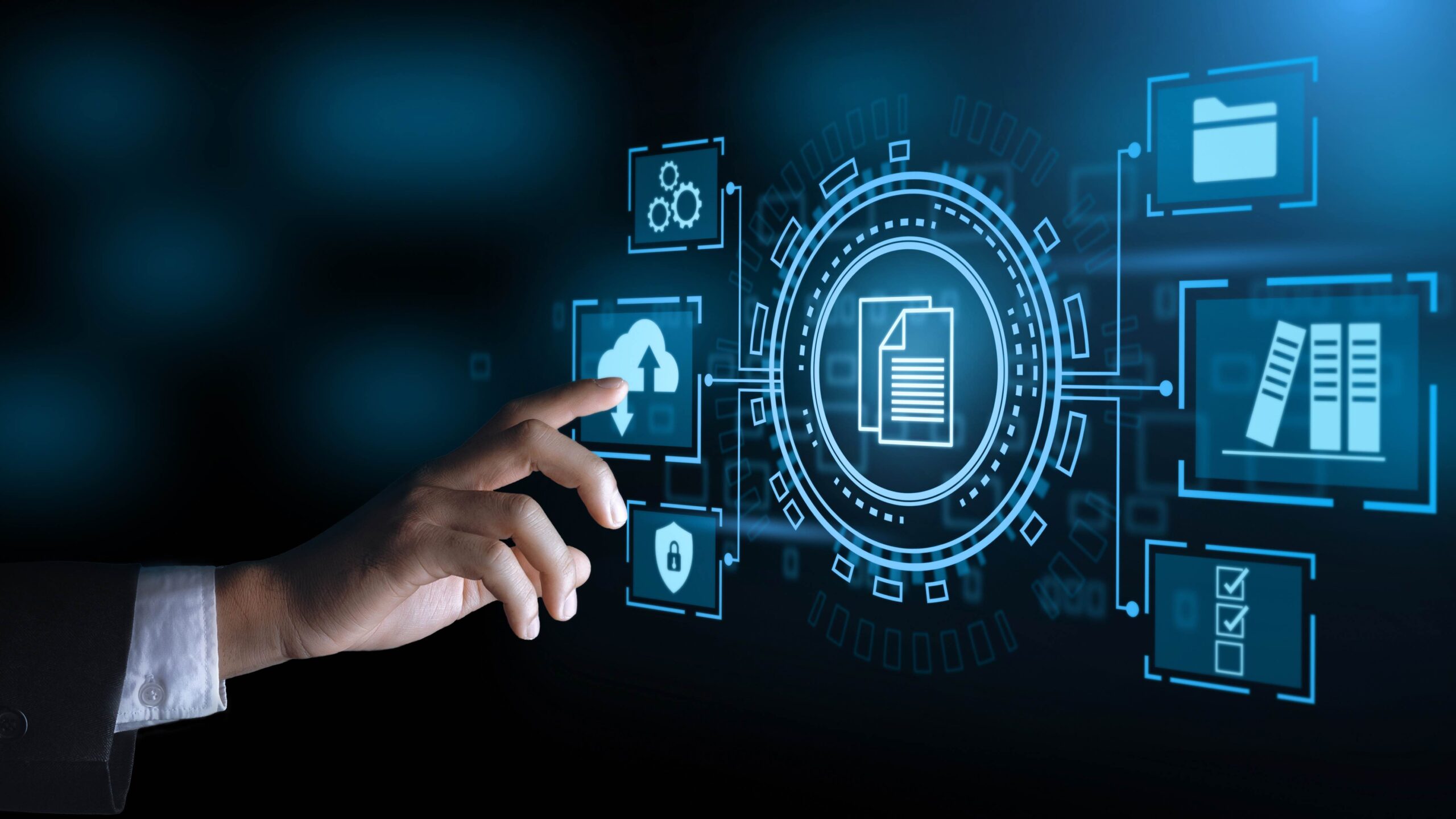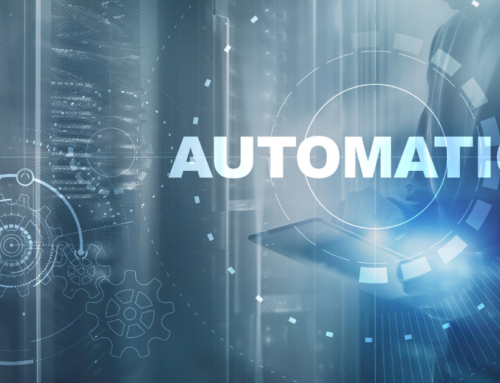Like any other solution, there are pros & cons to implementing a Two-Tier ERP. But it’s still considered one of the best systems for growing businesses. Why?
Two-tier ERPs are not news. Enterprises expanding to add new verticals to their businesses have been adapting them for over a decade. In 2011, over 48 percent of companies were considering switching to a Two-Tier strategy. More recently, organizations have been looking at multiple levels of ERP hierarchy — Tier I, Upper Tier II, Lower Tier II, and Tier III. There are several reasons why this approach is working for numerous companies across industries. This guide covers the benefits of using a Two-Tier ERP system and discusses who should go about implementing it, and how.
What is a Two-Tier ERP?
- A Two-Tier ERP is one that uses two different ERPs at two separate layers of an organization so that they can function together smoothly.
- This ERP system is usually implemented when a business expands into more subsidiaries organically, through mergers, or acquisitions.
- While having a single ERP system across the organization is ideal, it often leads to increased maintenance costs and lower customizability, among other things.
- The Two-Tier ERP system has primarily been chosen by businesses trying to save costs. They discovered that retaining their existing ERP systems and migrating to Tier-Two systems where their current solutions weren’t working was a far more effective approach to ERP implementation.
Tier-1 ERP vs Tier-2 ERP
Each ERP system has specific features designed to accommodate the needs of different businesses and their processes.
Tier-1 ERP
- Tier-1 ERPs are usually built for enterprises with an annual revenue of over $750 million.
- These businesses are often complex, owing to a convoluted structure and/or demanding operational processes.
- Tier-1 ERPs are therefore more expensive to install, maintain and upgrade, and customizing them takes a significant amount of effort.
- This is why organizations implementing Tier-1 ERP systems often have a dedicated IT team to look after the software.
Tier-2 ERP
- Upper Tier-2 ERPs are built for organizations with a revenue between $250 million to $750 million, whereas Lower Tier-2 ERPs are for companies with a revenue between $10 million and $250 million.
- While Upper Tier-2 ERPs can have multiple business units across industries, Lower Tier-2 systems are built for organizations working in a single industry with one entity.
- These systems are easier to launch than Tier-1 solutions. They’re also less costly.
- Tier-2 systems provide modularized functionalities for business functions, including accounting, sales, human resources, supply chain, etc.
Who is it for?
Two-Tier ERPs are for organizations that want to run their primary operations on one system, and customized processes for their subsidiaries or international locations, on another.
Following are some of the use cases where experts recommend implementing a Two-Tier ERP-
- In case a business wants to continue implementing its legacy systems but is looking to take advantage of the features provided by a newer solution.
- When a subsidiary has a different business model than the main company.
- When a subsidiary caters to a different industry than the main company.
- In case a business is looking to expand and set up international offices.
- Whenever a business scales through mergers and acquisitions.
It is common, in Two-Tier ERPs, for the main ERP to maintain backbone operations — such as finances, human resources, and procurement — while the secondary solution focuses on operations such as sales, marketing, and local manufacturing.
Advantages of implementing a Two-Tier ERP
There are several approaches companies with varied, asynchronous operation systems can take. Like replacing their current ERP system with a new one, rather than a Two-Tired one, implementing a manual strategy at the Tier-2 level, or a Best of Breed solution.
However, there are many advantages of the Two-Tier approach that organizations find difficult to ignore. Including-
- Cost savings
Legacy and Tier-1 ERP systems are costlier to implement, maintain, and upgrade. Tier-Two ERP solutions, on the other hand, do not require a lot of investment, or a dedicated IT team for maintenance. This is the primary reason why Tier II ERP systems are more popular than their Tier I counterparts.
- Level-based customization
Since there’s no need to merge a subsidiary’s ERP system with that of the primary one, the integration operations aren’t as demanding. Consequently, the main ERP system can continue (more or less) to work the same way.
Moreover, the subsidiary can implement the Tier II ERP to cater to its specific business needs. Like local taxation norms, industry-related requirements, manufacturing processes, and second languages, among other things.
- Effective operations
Two-Tier ERPs allow businesses to run their functions smoothly and synchronously. As a result, employees can better focus on more productive tasks, like business issues and exponential growth.
- Greater flexibility
Tier II ERP solutions are less complex and lightweight; they can easily adapt to changing business needs. This provides greater control of internal processes and operations, which makes it easier for each segment of a company to quickly adapt to evolving market and consumer needs.
- Improved visibility
Implementing a Two-Tier ERP across business units ensures that every management level gets simultaneous, real-time access to data. This not only helps improve day-to-day efficiency but also espouses growth.
- Leverages technological advancements
In a dynamic environment, where an increasing number of businesses are competing to adopt new technologies — cloud, machine learning, IoT, predictive analysis — it’s important to keep innovating. Two-Tier ERP systems, built to enable these transformations, offer time to value, and the flexibility to innovate without disrupting existing processes.
How to choose the right ERP System
Choosing your company’s best Enterprise Resource Planning (ERP) system is a key decision. ERP systems are the foundation of business operations, covering everything from financial management to supply chain procedures. Making the proper decision needs significant thought and planning. Here’s a step-by-step guide to help you choose the best ERP system for your company:
- Establish Your Goals and Requirements: Define your business goals and the specific issues you want the ERP system to address. What are your short- and long-term objectives?
Include the necessary features and functionality, such as finance management, inventory control, CRM, HR administration, and reporting capabilities.
- Examine Your Budget: Determine how much money you will put into an ERP system. Software licenses, deployment, training, and ongoing maintenance costs should be included. Consider the ERP system’s possible return on investment (ROI).
- Determine Deployment Alternatives: Choose between an on-premises, cloud-based (SaaS), or hybrid ERP solution. Consider things like scalability, upkeep, and accessibility.
- Research ERP Vendors: Make a short selection of ERP companies that meet your needs and are within your budget. Investigate each vendor’s reputation, client feedback, and case studies. Consider the vendor’s stability and support.
- Assess Customizability and Scalability: Examine how easily the ERP system may be adjusted to match your specific business requirements. As your company grows, be sure the ERP system can scale with it.
- Consider Integration Capabilities: Ascertain that the ERP system can effectively interact with your existing software programs, such as CRM, e-commerce platforms, and other critical systems.
- Examine User-friendliness: Check the user interface of the ERP system to ensure it is intuitive and user-friendly. This will increase user adoption while decreasing training time.
- Request Demonstrations and Trials: Set up demos and trials with the ERP companies on your list. Examine the system’s performance in real-world circumstances.
- Assess Support and Training: Inquire about the customer support and training programs the business offers. A successful ERP adoption requires enough support and training.
- Examine Security and Compliance: Ensure that the ERP system fulfills industry-specific security and compliance standards, such as GDPR, HIPAA, or SOC 2.
- Examine Mobile Access: If mobile access is critical to your organization, see if the ERP system includes mobile-friendly features or applications.
- Calculate Total Cost of Ownership (TCO): In addition to the initial expenditures, calculate the ERP system’s long-term TCO, which includes ongoing maintenance, upgrades, and support.
- Speak with References: Request references from firms that have deployed ERP systems from ERP vendors. Contact these references to learn more about their experiences.
- Implementation Plan: Create a detailed implementation plan that includes schedules, resources, and critical milestones. If necessary, consider hiring professional ERP experts.
- Make the Final Decision: After careful consideration and evaluation, make an informed decision based on your company’s particular needs and priorities.
Need more information?
Drop us a quick message to find out more about the value of a Two-Tier ERP solution. As a certified Oracle NetSuite partner, we can also give you the fast track on NetSuite rollout, maintenance, and support.





Leave A Comment